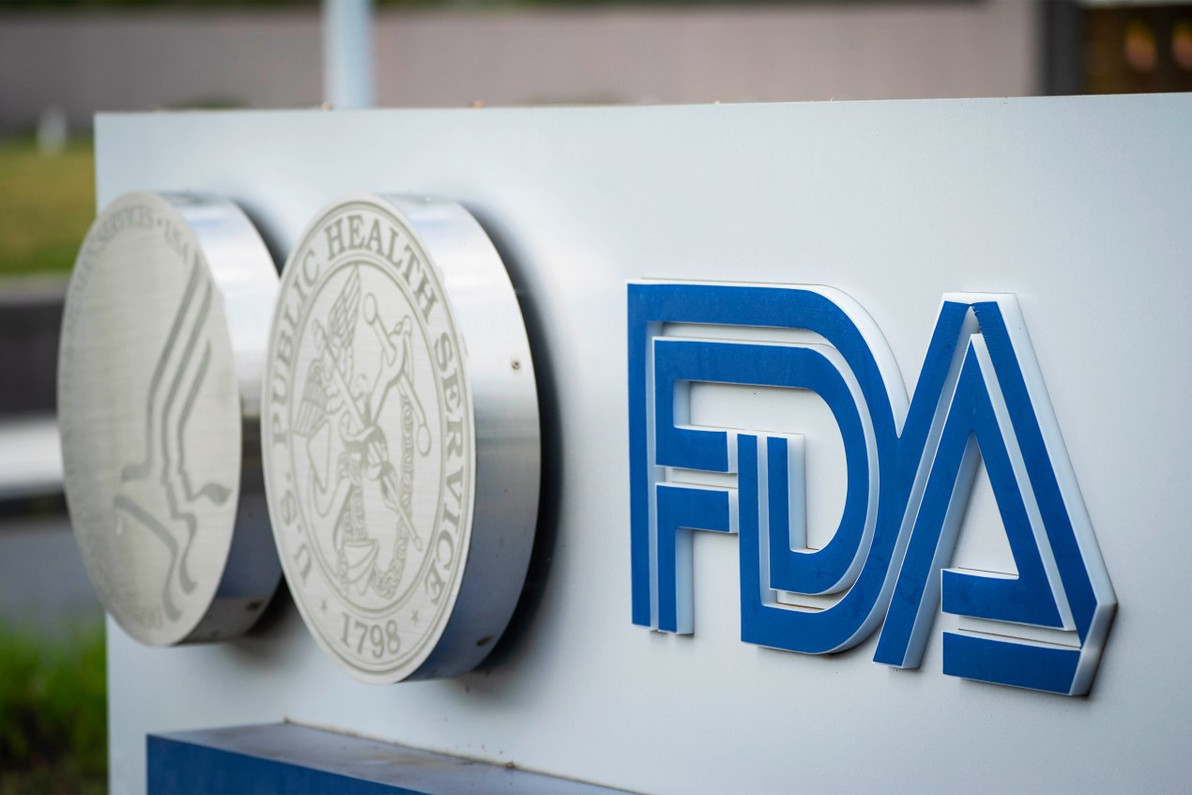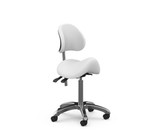Regulatory Compliance for Dermatology Equipment: What You Need to Know
Ensuring regulatory compliance is crucial when selecting and using dermatology equipment in your practice. This guide explores the essential regulatory requirements and best practices to help you navigate the complex landscape of medical device regulations effectively.
Understanding Regulatory Standards
Compliance with regulatory standards ensures that dermatology equipment is safe, effective, and suitable for patient use. Here are the key regulatory bodies and standards you should be familiar with:
- FDA (Food and Drug Administration)
- Scope: Regulates medical devices in the United States.
- Classification: Devices are categorized into Class I, II, or III based on the level of risk they pose.
- Approval Process: Devices may require 510(k) premarket notification or Premarket Approval (PMA) before marketing.
- Learn More here: FDA Division of Dermatology and Dentistry (DDD)
- CE Marking
- Scope: Required for medical devices sold in the European Economic Area (EEA).
- Requirements: Compliance with the Medical Device Regulation (MDR) or In Vitro Diagnostic Regulation (IVDR) and conformity assessment by a Notified Body.
- Learn more here: CE Marking home
- ISO Standards
- Relevant Standards: ISO 13485 (Quality Management Systems) and ISO 14971 (Risk Management).
- Scope: These standards provide frameworks for ensuring quality management and risk assessment in the design and manufacture of medical devices.
- Learn more here: ISO Standards
- Local Regulations
- Scope: Various countries have specific regulations governing medical devices. It's essential to understand and comply with local requirements if you operate internationally.
Steps to Ensure Compliance
- Stay Informed
- Education: Keep updated on changes in regulations through industry publications, seminars, and regulatory updates.
- Expert Advice: Seek guidance from regulatory experts or consultants to interpret and implement regulatory requirements effectively.
- Select Compliant Equipment
- Supplier Verification: Choose reputable suppliers that provide documentation demonstrating compliance with FDA regulations or CE marking requirements.
- Documentation: Ensure the equipment comes with comprehensive documentation, including user manuals, maintenance logs, and compliance certificates.
- Implement Quality Management Systems
- ISO Certification: Consider obtaining ISO 13485 certification to establish and maintain a quality management system aligned with international standards.
- Standard Operating Procedures (SOPs): Develop and enforce SOPs for equipment use, maintenance, calibration, and staff training.
- Conduct Audits and Inspections
- Internal Audits: Perform regular internal audits to assess compliance with SOPs and regulatory requirements.
- External Audits: Engage third-party auditors periodically to conduct independent assessments of your compliance status.
- Train Your Staff
- Training Programs: Provide comprehensive training for staff members involved in the operation, maintenance, and oversight of dermatology equipment.
- Compliance Awareness: Educate staff on the importance of regulatory compliance, including reporting adverse events and maintaining accurate records.
- Maintain Documentation
- Record Keeping: Maintain detailed records of equipment procurement, installation, maintenance, repairs, and user training.
- Incident Reporting: Document and report any adverse events, equipment malfunctions, or non-compliance issues promptly to regulatory authorities as required.
Conclusion
Adhering to regulatory compliance standards is essential for ensuring patient safety, maintaining legal compliance, and protecting your practice's reputation. By understanding regulatory requirements, selecting compliant equipment, implementing robust quality management systems, conducting audits, training staff, and maintaining comprehensive documentation, you can navigate the regulatory landscape effectively. Stay proactive and informed to meet regulatory challenges head-on and ensure your dermatology practice operates at the highest standards of safety and quality.
Related Articles:
For more information on regulatory compliance and best practices in dermatology equipment management, consult industry resources and regulatory authorities or seek guidance from legal and regulatory experts.
Recent Posts
-
Why Saddle Stools Are the Best Choice for Ergonomic Seating
When it comes to improving posture and comfort, traditional chairs often fall short. Whether you're …Sep 9th 2024 -
The Top 4 Procedure Chairs for 2024
Procedure chairs are essential in medical settings, offering comfort and support for patients while …Jul 29th 2024 -
Regulatory Compliance for Dermatology Equipment: What You Need to Know
Ensuring regulatory compliance is crucial when selecting and using dermatology equipment in your pra …Jul 22nd 2024




